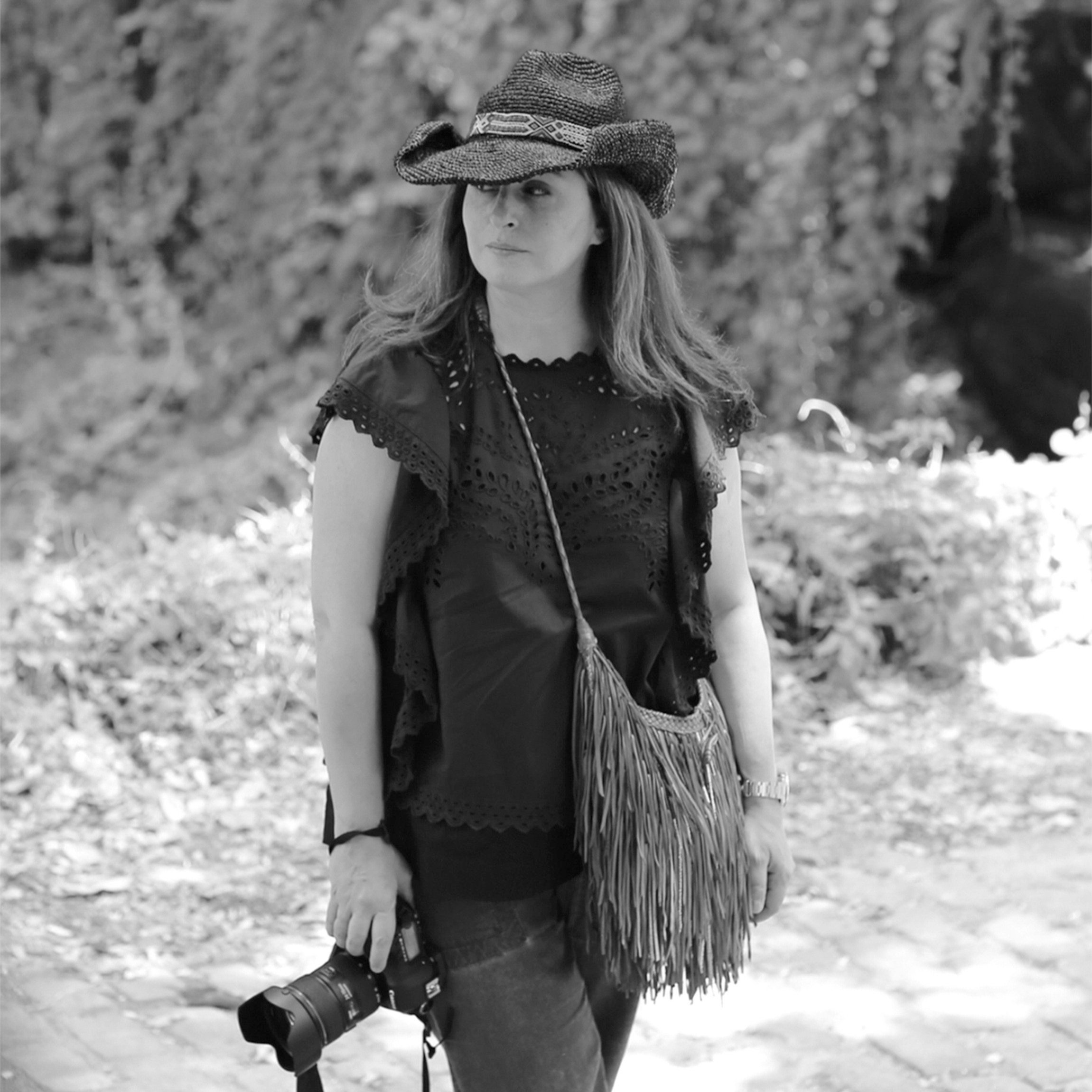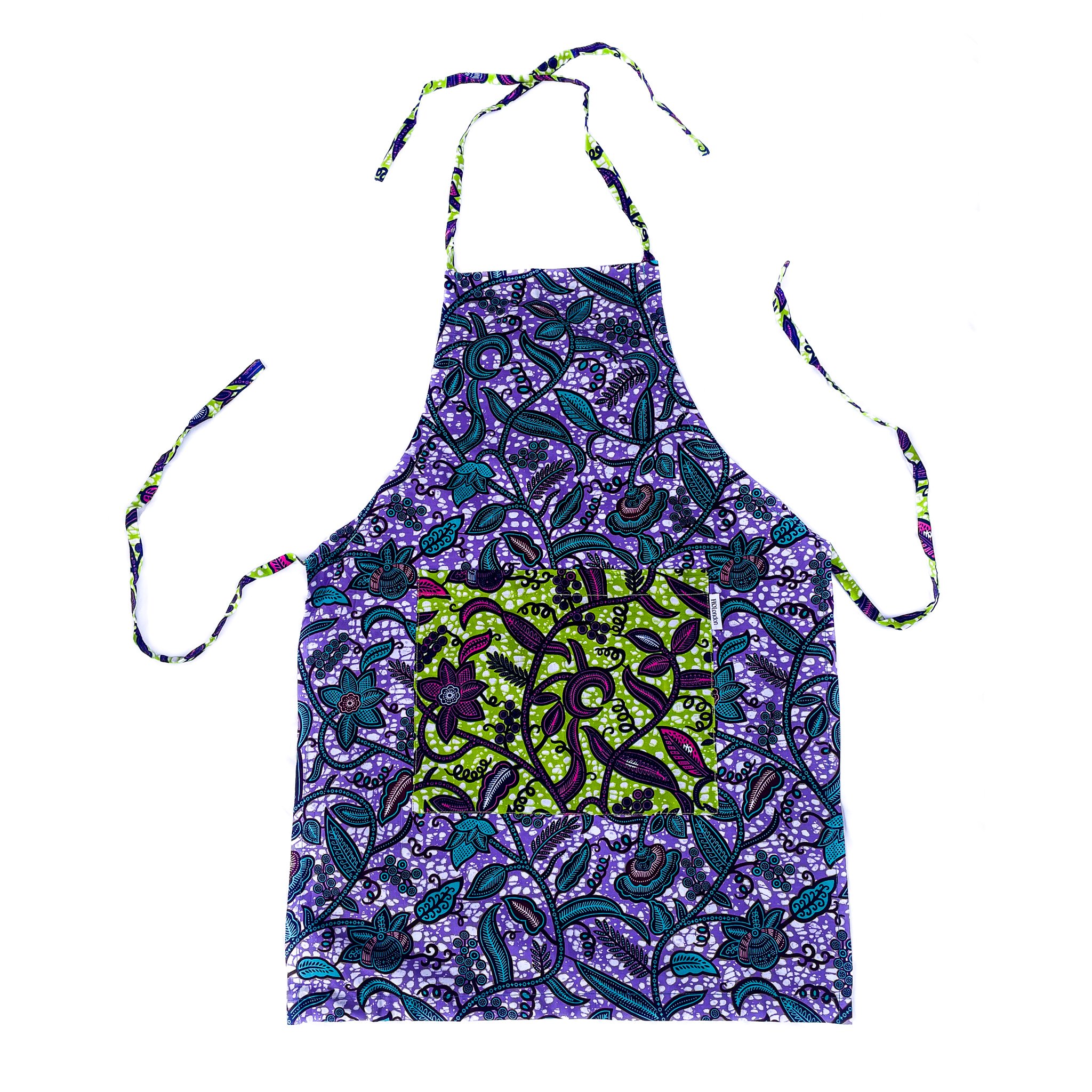In conversation with Péjú Oshin
“I also felt that my practice was liminal, because it's between this space of architecture, writing, but also curating or education, a multitude of things.”
- Péjú Oshin
Image: Péjú Oshin. Photography by Jake Green, courtesy of Gagosian
Péjú Oshin’s career as a gallery curator was unexpected. After graduating with a degree in architecture, she found herself in the art world through volunteering and working with young people. Péjú's commitment to community work and education led her to become a curator of Young People’s Programmes at Tate, landing her on Forbes 30 Under 30 shortlist for Arts & Culture in 2021. Now the South Londoner is a university lecturer, poet, and the associate director of the commercial art gallery Gagosian. I sat down with Péjú to discuss her career and her first exhibition at Gagosian, Rites of Passage, which explores the African diaspora through the concept of liminal space.
How has your transition been from a curator at the Tate to associate director at the Gagosian?
The transition has been so much smoother than I thought [it would be]. I had been at Tate for four and a half years. It was amazing that that was my first job because up until that point I'd been working freelance. So actually I was used to being in lots of different spaces at any one time. So being at Tate was my first point of, what would I say? Not stillness— maybe stillness in that sense.
Stability?
Yeah, like commitment. I didn't think I'd ever committed to something like that. So that was partly scary. I'm here. I'm committing. I'm cutting off my side pieces. I'm full time at this gallery. It took me a long time to go full time as I really enjoyed how many of my freelance projects overlapped and fed each other creatively.
Oh, interesting.
Yeah. Funnily enough, I actually started at the gallery part time and [I was] also covering a maternity leave. I started on a two day a week contract, it became three days and then eventually full time.
You had a situationship.
Basically! I got into the rhythm, and I think institutions are very peculiar spaces in the way that they function, but I suppose [that] has helped maintain their longevity. There are definitely things that needed change and while I was there we saw those things starting to change, or me or people that I worked with were part of those conversations about actioning change. [I moved] from the context of that space, which can also be steeped in very uncomfortable histories, to a commercial gallery, which is relatively newer. Gagosian delivers some really amazing projects and exhibitions because there is an agility which exists in its foundations and aren't 15 people who need to sign off on the smallest of ideas in the same way you might encounter in an institution. So in terms of my transition, that's something that I really enjoy.
How did you come up with the concept of Rites of Passage and what was the process of putting it together?
This idea of liminality is something that I've been thinking about for a really long time, essentially my whole life. As somebody who is part of the diaspora—I'm Nigerian—I'm constantly thinking about two versions of home. So more and more I was reading and talking to colleagues, and eventually I stumbled on this idea of liminal space. I was like, right, this is perfect. I started to think more about that because I also felt that my practice was liminal, because it's between this space of architecture, writing, but also curating or education, a multitude of things. It resonates with me on a multitude of levels. When I got to the gallery I was asked, "Do you want to start thinking about a show?" And I was like, this is one of the most pressing things that I have to talk about. I started planning properly for the show in about November or so.
Image: Rites of Passage, installation view, 2023. © Emily Moore, © Manyaku Mashilo, © Àsìkò. Photo: Lucy Dawkins. Courtesy Gagosian
How do you choose artists and how do you decide which of their artworks should be included?
First and foremost, I thought, who were the people who I have had these conversations with about this idea of liminal space or what it means to be in the diaspora? That was how I first came up with some names. I actually often do a lot of drawings of diagrams, so I was like, okay, what do all of these people have in common? How do they sit alongside each other? How do their stories sit alongside each other? And then with the work in the show, actually, a lot of the work in the show was new. Victor [Ehikhamenor]’s, Patrick Quarm's, Femi Dawkins', Elsa James', Enam Gbewonyo's and Alexandria Smith’s work already existed. But for everyone else, that was new work that we've seen in the show. So in that case, it was a lot of trust that went into it. I take my role as being a curator very seriously. I think a lot about care and trust, and that also comes from me having worked in that space of education and thinking about the young people that I've worked with and that relationship of trust that's needed in order to get the best out of someone. I didn't actually know what [a lot of the work] was going to look like until they'd already started making it, which I think for a lot of people they would be absolutely terrified about. But I really trust and love all of these artists. I was just like, okay, we've had the conversations, we've done the studio visits. You know what the conversation is supposed to be or what I'm trying to communicate through this show, and so I leave it up to you. And they created work which was very true to the conversations that we've been having. I'm very thankful that we had those pre-existing relationships. It's always the best thing when, you know, sometimes you're talking to somebody and you don't have to finish a sentence because they get what you're saying. It felt like that with these artists in the show.
How do you build relationships with these artists to enable that level of trust that you just talked about?
It's come from years of knowing them. A lot of these artists, funnily enough, I met as a baby in the art world when I was just starting. Many of them were already very well established artists. Some I met while I was working at Tate, like Enam [Gbewonyo] and Adelaide [Damoah]. They were working on a project and so I was there as this little assistant curator [and] met them. Me being Nigerian, them being Ghanaian, we had a playful fight about jollof rice.
Oh, of course.
That was our point of bonding. As artists they have a collective but, in a way, I very much became part of that world and became like a little sister and tagged along to things. We would see each other out and about or I would go see their shows. That was the building of the relationship.
Do you have anything else planned for 2023?
There's actually a book for the show which is currently in the works, which is really exciting. When we're thinking about legacies of artists, it's really important to have a document that will live on beyond the physical nature of the show, which is of course closing in less than a month's time.
Image: Phoebe Boswell, The Saltwater Within Us, The Depths of Our Grief, The Leagues of Our Love, 2023. © Phoebe Boswell. Photo: Prudence Cuming Associates Ltd. Courtesy Gagosian
Can you recommend some artists for our readers?
Of course, I'm going to default to the artists of the show! All nineteen are the people you should be looking at! Victor [Ehikhamenor]'s work is phenomenal. I want people to be looking at his work, Phoebe Boswell's work, Julianknxx, Enam Gbewonyo. All the artists in the show. Look at them! These are the people you should be looking at!
What advice would you give to an aspiring curator?
The advice that I would give to an aspiring curator is to stay curious, to always be asking questions. The other thing I would say is to make sure that you're always centering care. That is, of course, literally the Latin definition [of to curate] which is to care for something. But I think [you should] take that very seriously, be it people in the sense of artists, or if you are a public programs curator and you're looking after an audience, or if you're working in a museum of just objects. Care is so important because that thing or that person means something to somebody else. That will take you a long way because people do really notice and appreciate when you do that.
Instagram: @pejuoshin
Twitter: Peju Oshin
LinkedIn: Peju Oshin
Website: pejuoshin.com
Rites of Passage is on at Gagosian Britannia Street until 29 April 2023.
Words by Liberty Martin

























